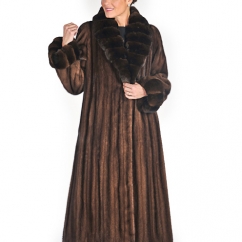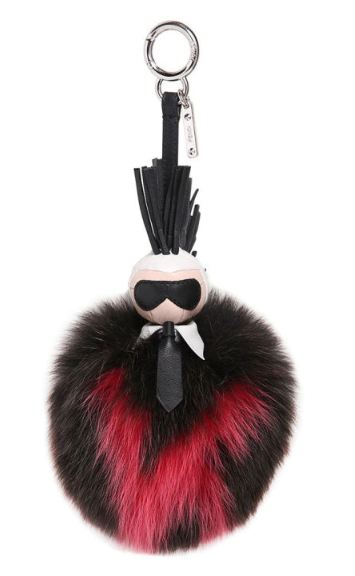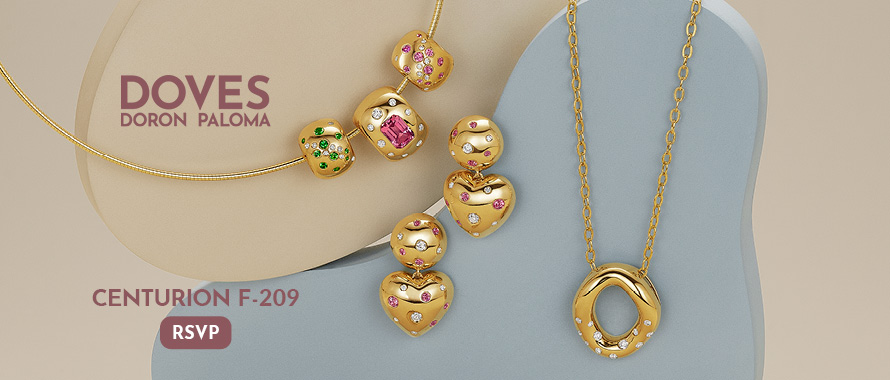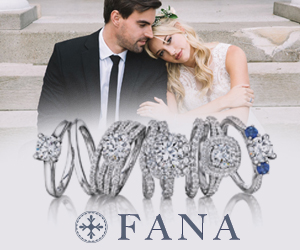Sales Strategy
Fur Real? Lessons From The Fur Industry Can Help Jewelers Tap Millennial Consumers November 08, 2017 (0 comments)

London, UK—Jewelers who think times are tough for the category will certainly feel for furriers. Once upon a time, a mink coat was an unmistakable badge of success for a woman (or, in many cases, more likely a sign that her husband was successful.) But the once-robust category took a nosedive in the late 20th century after top Nineties supermodels like Cindy Crawford and Christy Turlington declared they’d rather go naked than wear fur and animal rights activists picketed fur stores and sprayed red paint on consumers’ fur coats.
Fast-forward to today’s supermodels like Gigi Hadid and Kendall Jenner, or celebrities like Rihanna and Kim Kardashian, all of whom wear fur unabashedly. The industry has made something of a comeback, albeit in a much more modern fashion. A recent article in The Business of Fashion explored the ups and downs of the fur industry and how it is working to become relevant again. The key, it seems, is skipping a generation: Boomer women developed a distaste for fur, but their mothers and daughters both wear it.

Fendi's hugely popular "Karlito" dyed fox-fur keychain/handbag charm is an entry-level designer fur purchase that doesn't bear any resemblance to Grandma's mink coat.
Fur designers saw the key to attracting Millennials was reinterpreting fur as a fashion material, not trying to sell them a mink coat like their grandmother’s—just like Millennials don’t want their parents’ brown furniture and today’s young women don’t want to wear Grandma’s pearls. Or if they are going to wear Grandma’s coat or use Grandma’s dresser, it is likely to be restyled not to look like granny. It’s a concept that works for jewelry just as well.






